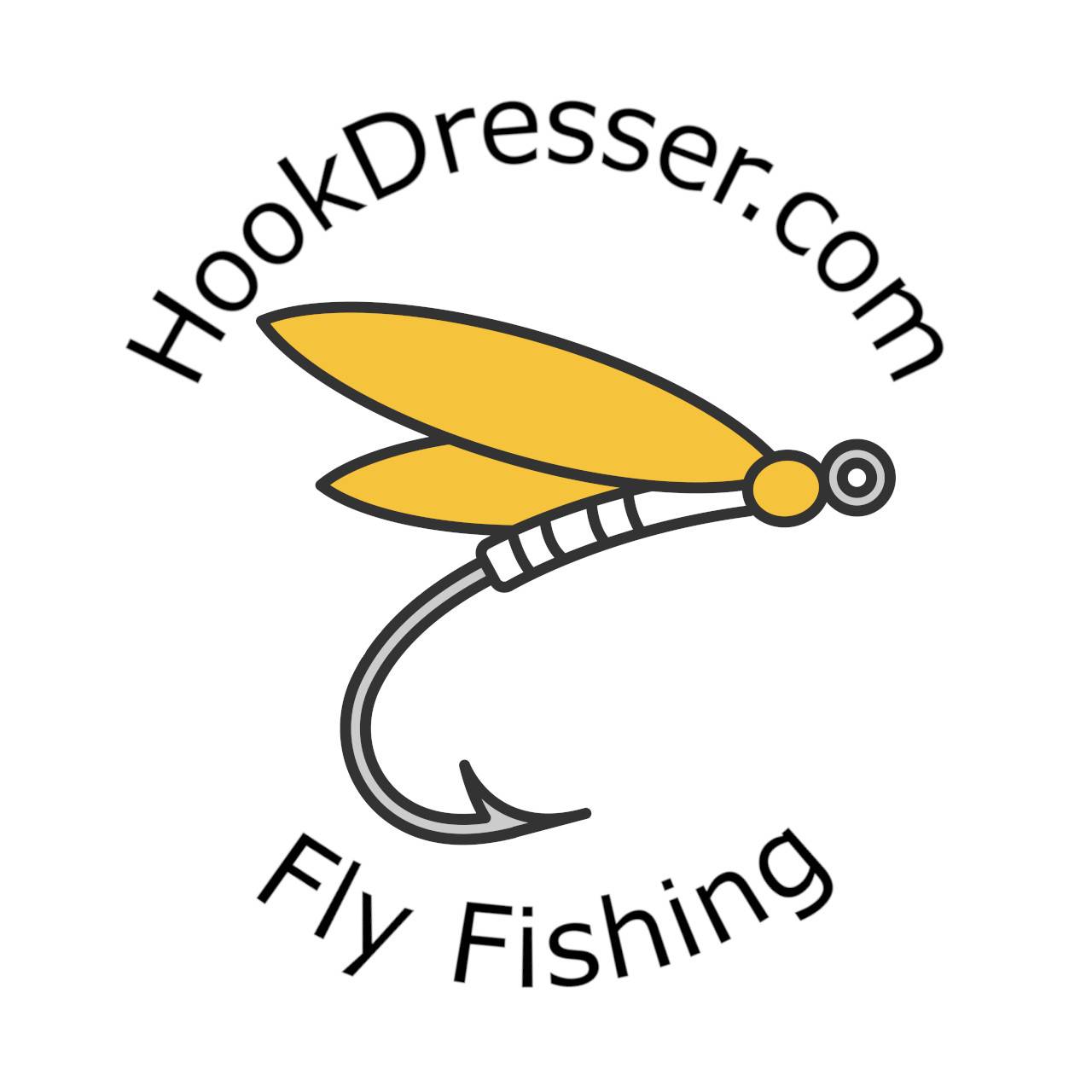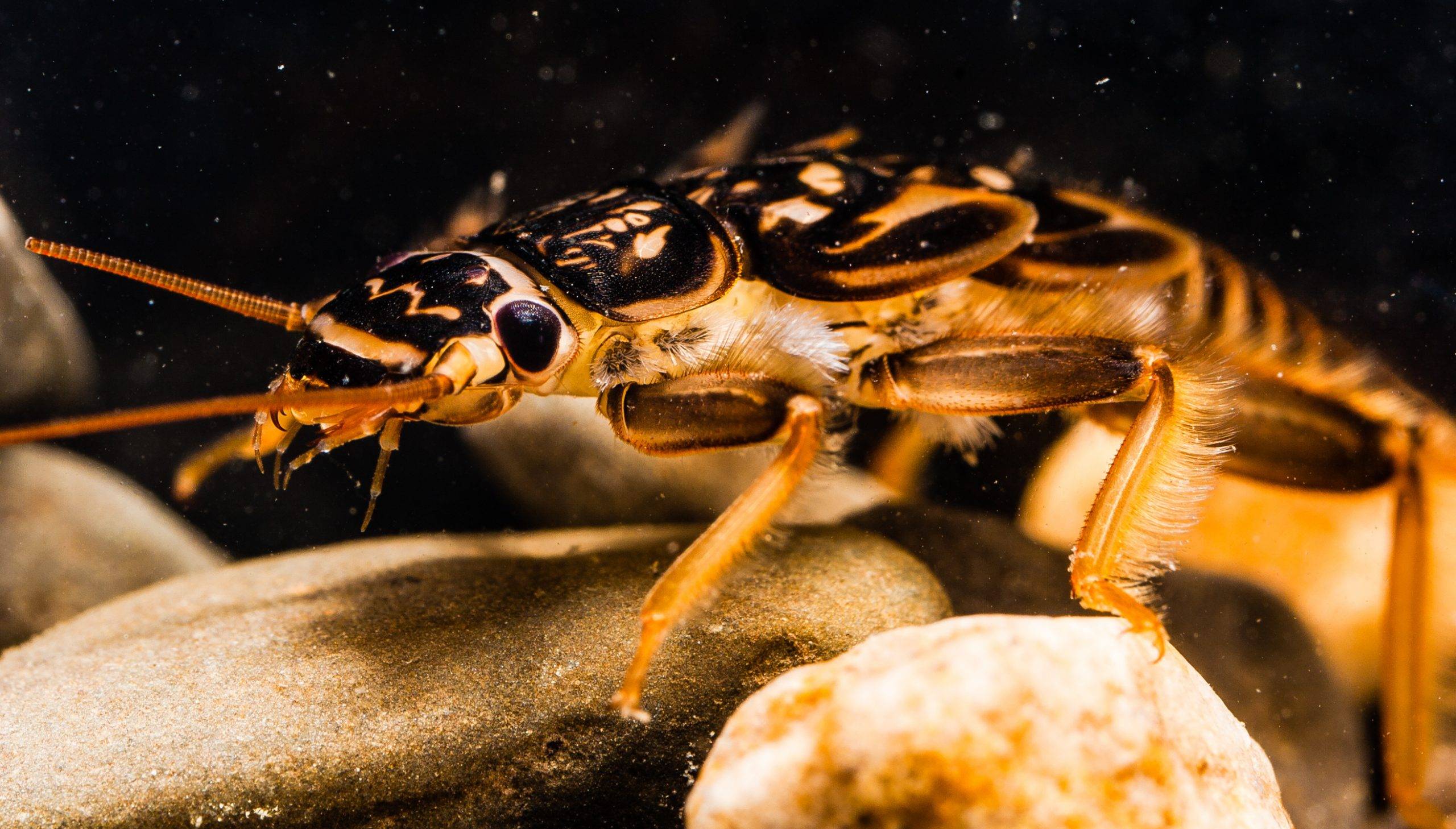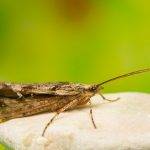A fly box is like a toolbox, every fly carries out a different role for the fishing task at hand.
Your fly box should have several different patterns imitating the different species of fish prey found in the waters you are fishing in. A fly box should have dry flies, streamers, lures, and nymphs to name a few.
Nymphs will play an important role in the spring and summer months as larvae grow and undergo metamorphosis. Learning how to fish nymphs properly is important skill for all fly fishermen who want to catch more fish.
In this article I will cover what nymph flies are, what they imitate, how you can identify them and how you can use nymphs to catch more fish.
What is a Nymph Fly?
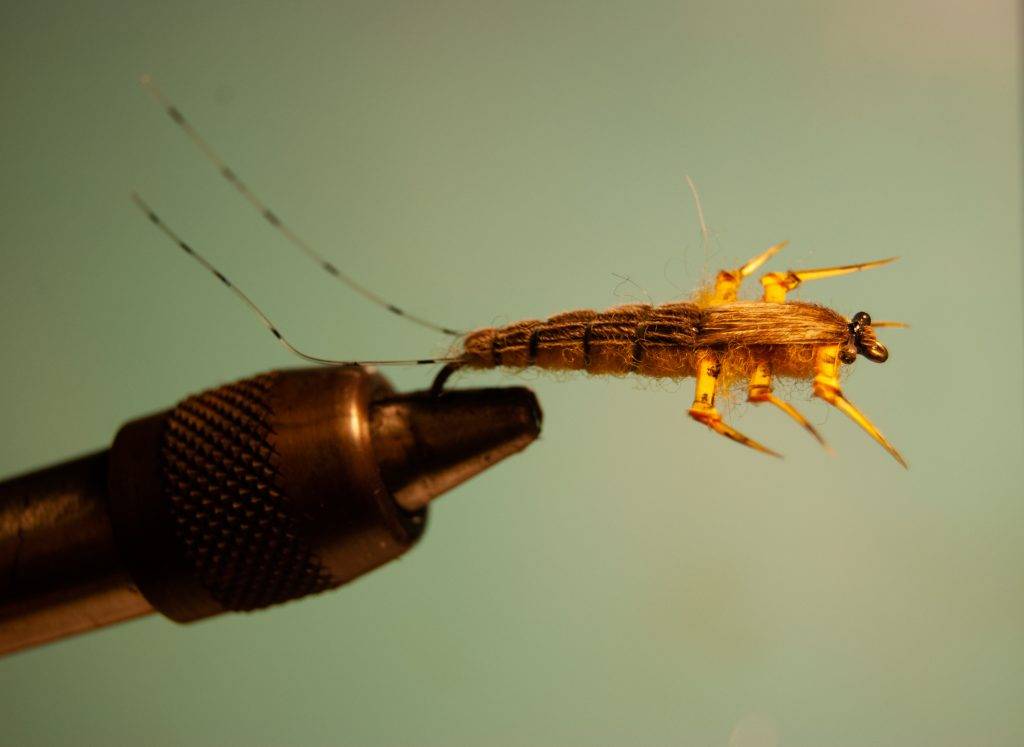
Put simply, a nymph fly is a fly fishing fly that imitates the larval and nymphal stages of aquatic insects found in rivers, streamers, lakes, ponds, or lochs.
Since nymphs make up the larval stage of the insect’s life cycle, they cannot fly. Instead, they hunt for food by moving along the bottom of the waterbody they inhabit. As nymphs are found below the surface of the water, all nymph imitation patterns sink and are fished under water.
Nymphs can be found living on or under rocks, amongst aquatic plants, tree roots or fallen branches as well as in gravel, sand and in sediment.
What Do Nymph Flies Imitate?
Nymph fly patterns are designed to imitate larval and nymphal stages of aquatic insects as well as other aquatic life.
Nymphs imitate aquatic organisms such as scuds, mayfly, damsel and stone fly nymphs as well as midge, caddis and cranefly.
How Do You Tell If a Fly is a Nymph?
You can easily tell if a fly is a nymph by looking at the size of the fly and the materials used to tie it. If the fly is made of soft materials and has a small hook (size 8-12) it is likely a nymph.
You can also tell if a fly is a nymph if it had a gold bead head. Nymphs often have a tail and are made from materials such as peacock herl and pheasant tail.
How do I Know What Nymph to Use?
As fly fishers, we try closely to imitate the prey trout feed on. The best way to decide which nymph pattern to use is by observing the waterbody you are about to fish, pump a fish’s stomach, use a net to catch and analyze aquatic insect life, or to visit the local fly fishing shop and ask for advice for which nymph patterns work well.
Observing the rising fish will tell you whether they are feeding on adult flies or are feeding on emerging nymphs as they transform into adult insects. If you are not catching on one pattern, do not be afraid to change and try another pattern.
If you have a stomach pump, you pump a fish’s stomach to see what it has been feeding on. Select a pattern that closely resembles the nymphs the fish has been eating. If you keep the fish you catch, you can more closely analyze the stomach contents of a fish when you get home and record your findings for future reference.
You can also buy a fine meshed seine net to catch nymphs to analyze the aquatic life the trout may be feeding on. Push stake the seine net’s stakes into the bottom of the stream. Hold the net upright ensuring the water flows properly through the net. Kick around in the stream bottom to agitate the gravel, sand, and sediment.
Nymphs, larvae, and other aquatic life will have become displaced and will float into the net. Lift the net out of the water and check the bottom of the net for signs of life. Choose a fly from your box that is of a similar length and color of some of the nymphs, larva, and other organisms you caught in your net. It is likely fish are feeding on these aquatic insect larvae.
Another great way to find out which nymph patterns to use is by asking other local fly fishermen or by going to your local fly shop and asking what insects are hatching and which flies best imitate those nymphs.
Do Nymph Flies Sink?
Yes, all nymph flies sink as they imitate insect larvae that live in water. You can adjust the rate at which your nymph fly sinks by using a nymph tied on a light hook to fish it close to the surface, a heavier hook to fish slightly deeper. Using a nymph with a beaded head or wire wrappings under the fly tying materials will result in your fly sinking quicker allowing it to be fished near the bottom.
How to Make Nymph Flies Sink?
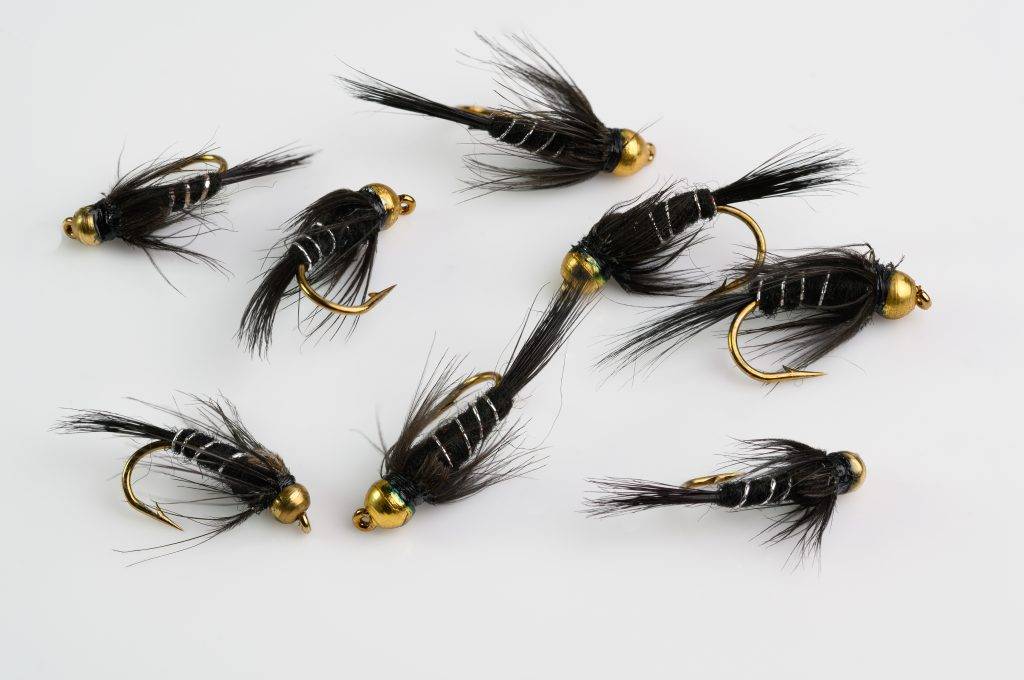
Nymph flies are wet flies as such, they all will sink. There are times when you will want your nymph fly to sink faster to get to down to the fish.
The best way to get your nymphs to the bottom more quickly is by using weighted nymphs. Nymph flies can be weighted two ways during the tying of the nymph fly. Firstly, by wrapping lead wire round the hook shank and then tying materials over the wire or by adding a bead to the head of the fly.
The nymph fly can also be weighted during fishing by adding a split shot or weighted putty to the leader to make the leader and thereby the fly sink faster.
Casting upstream of your target fish can be a great way to present your nymph fly to a trout you are targeting. Casting upstream will give the nymph time to sink by the time it gets to the trout.
The faster and deeper the water is, the further upstream you will need to cast. Raise your rod to pick up any slack in the line as the nymph drifts towards you. Then put the slack back into the drifting fly as it continues downstream.
If you want your nymph fly to sink, avoid using strike indicators. Strike indicators float and will cause your fly to sit higher in the water. Therefore, if you want your nymph to sit lower in the water and sink, you should skip the addition of a strike indicator to your nymph fly rig.
What is the difference between a nymph and a midge?
A midge is a type of nymph. However, the word “nymph” covers several different aquatic organisms. In fly fishing terminology, a midge is a larva that hatches out into a midge fly while a “nymph” is a term that refers to many species of aquatic insect including midges.
The midge larva has wormlike movements, it twitches and moves erratically in the water. The movement helps it to hide from prey and move by utilizing the water currents for faster movement.
